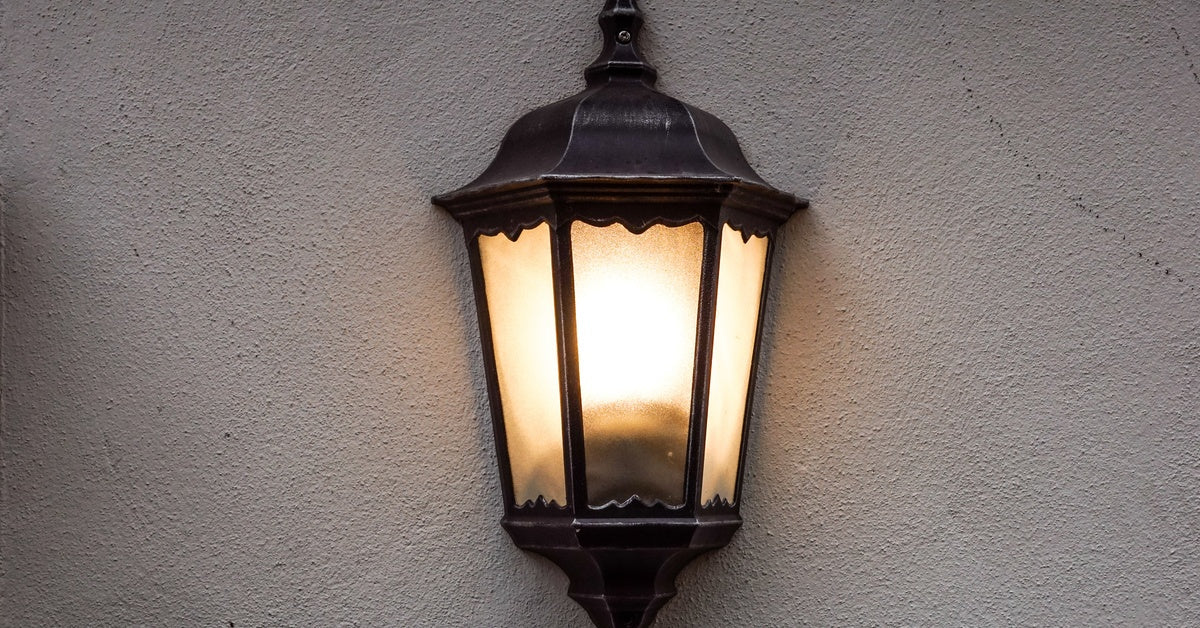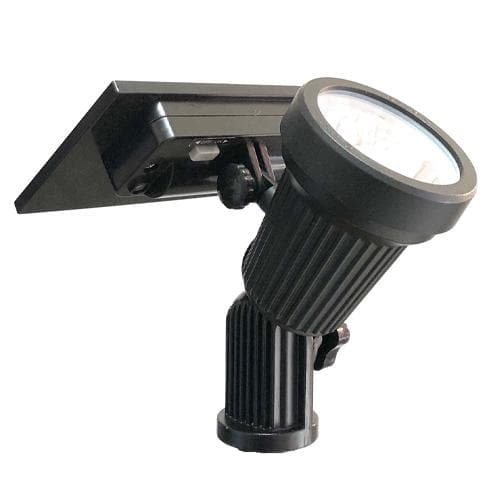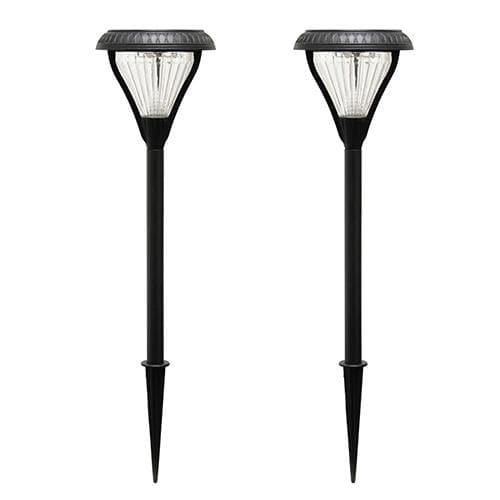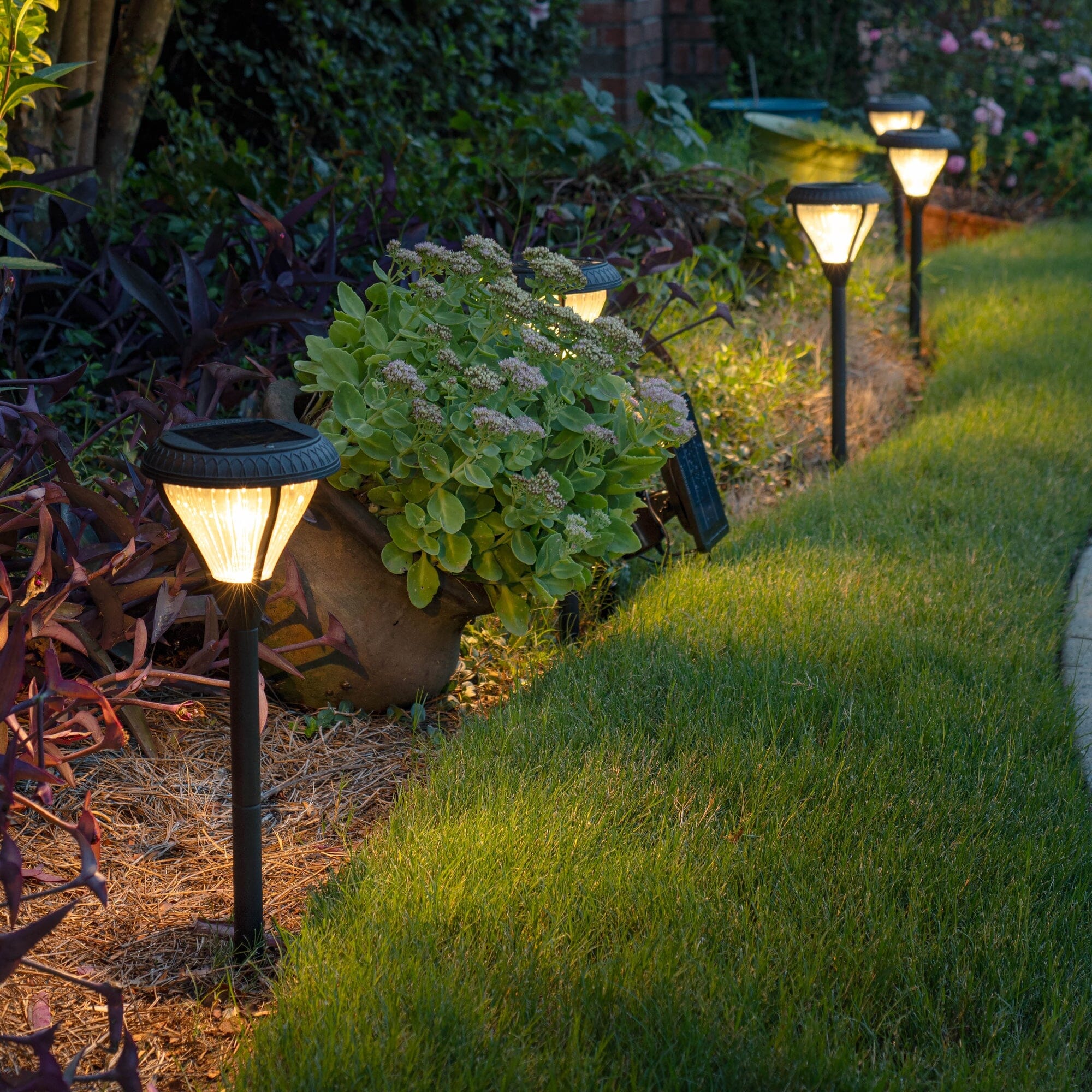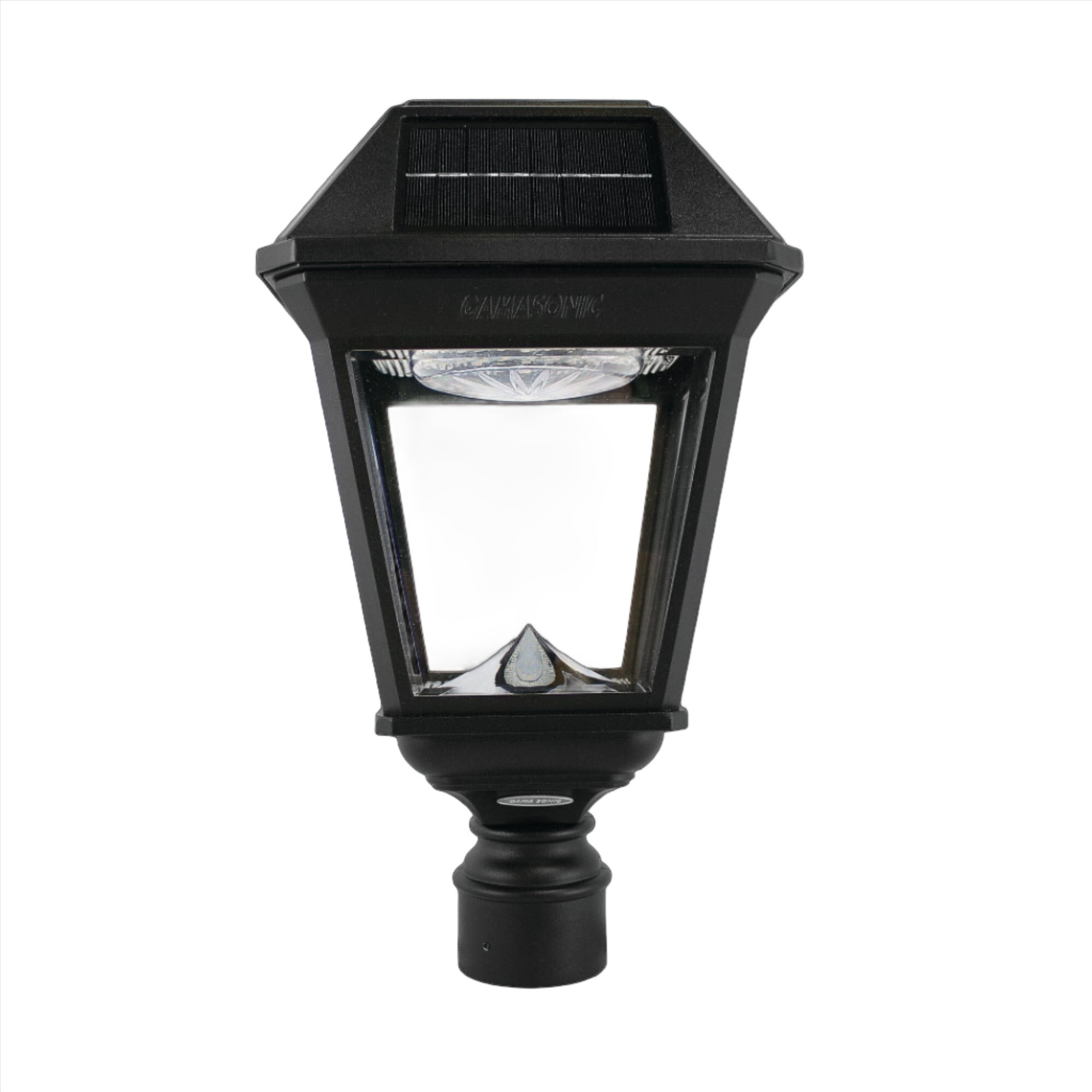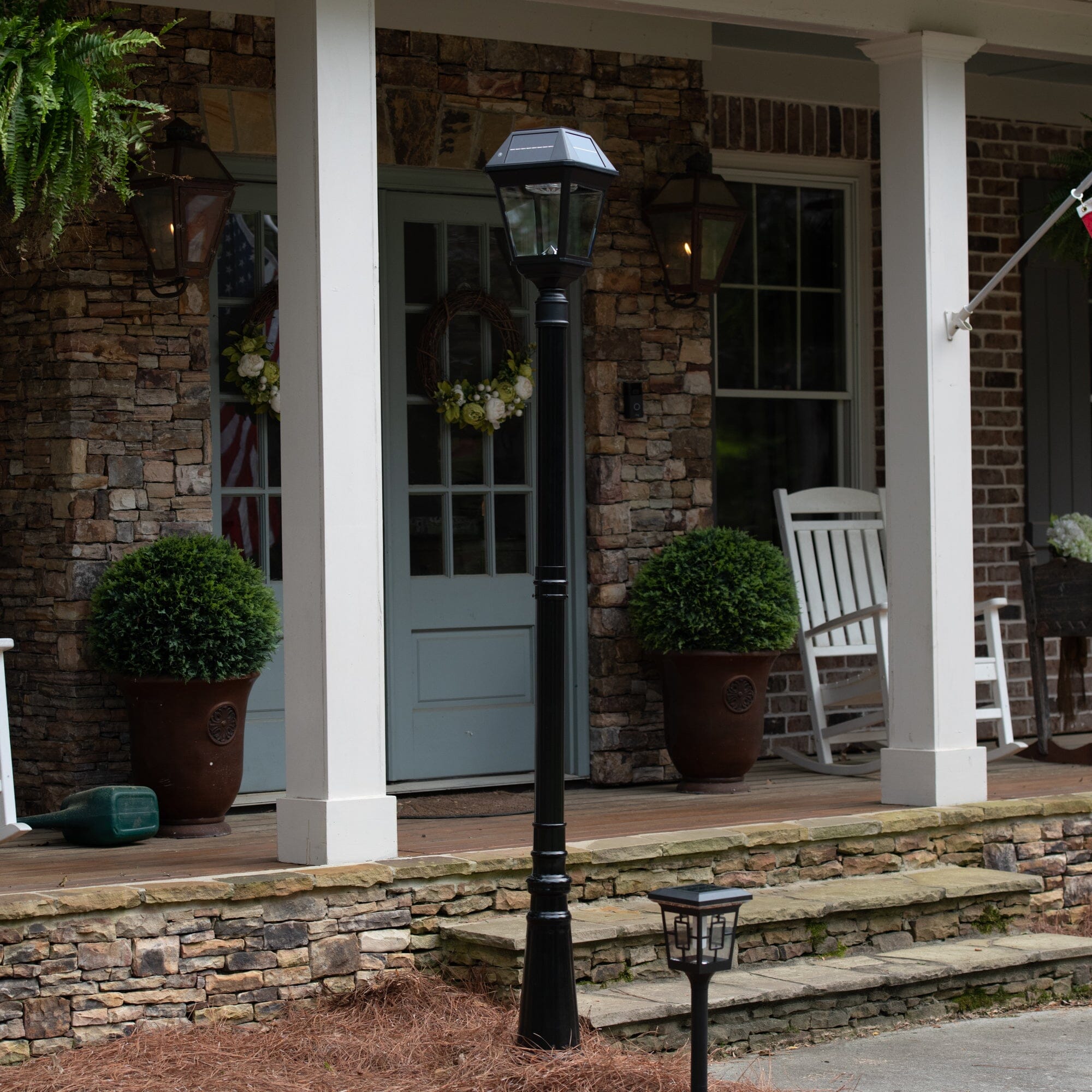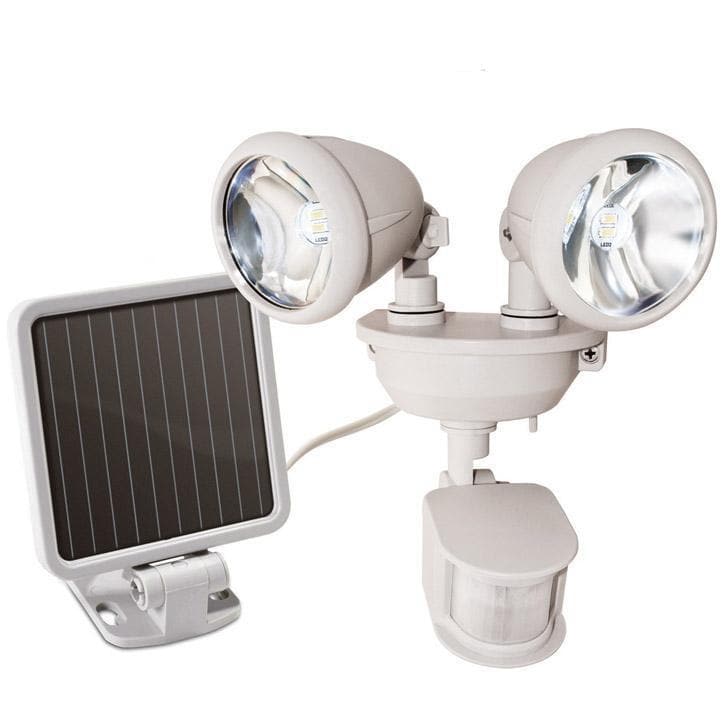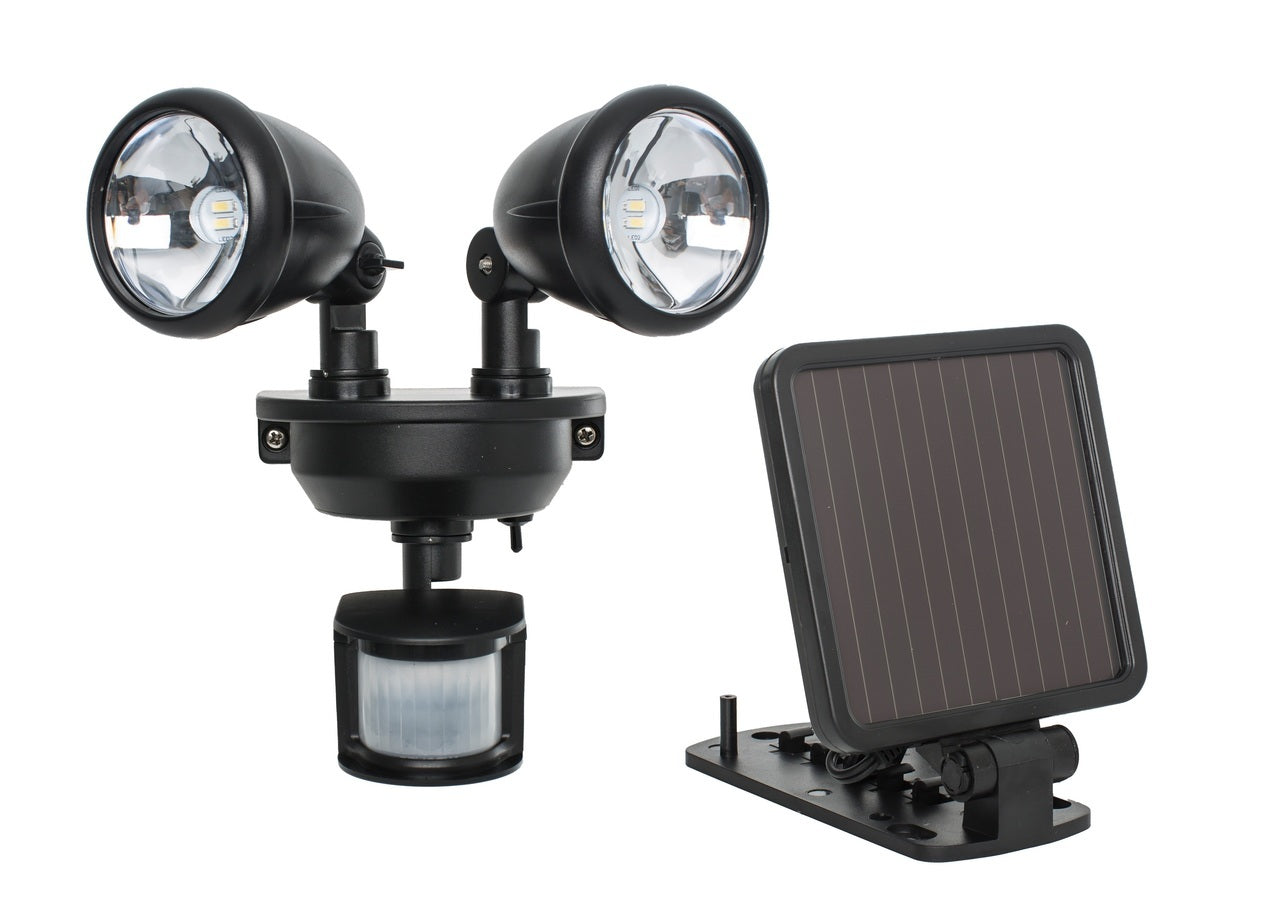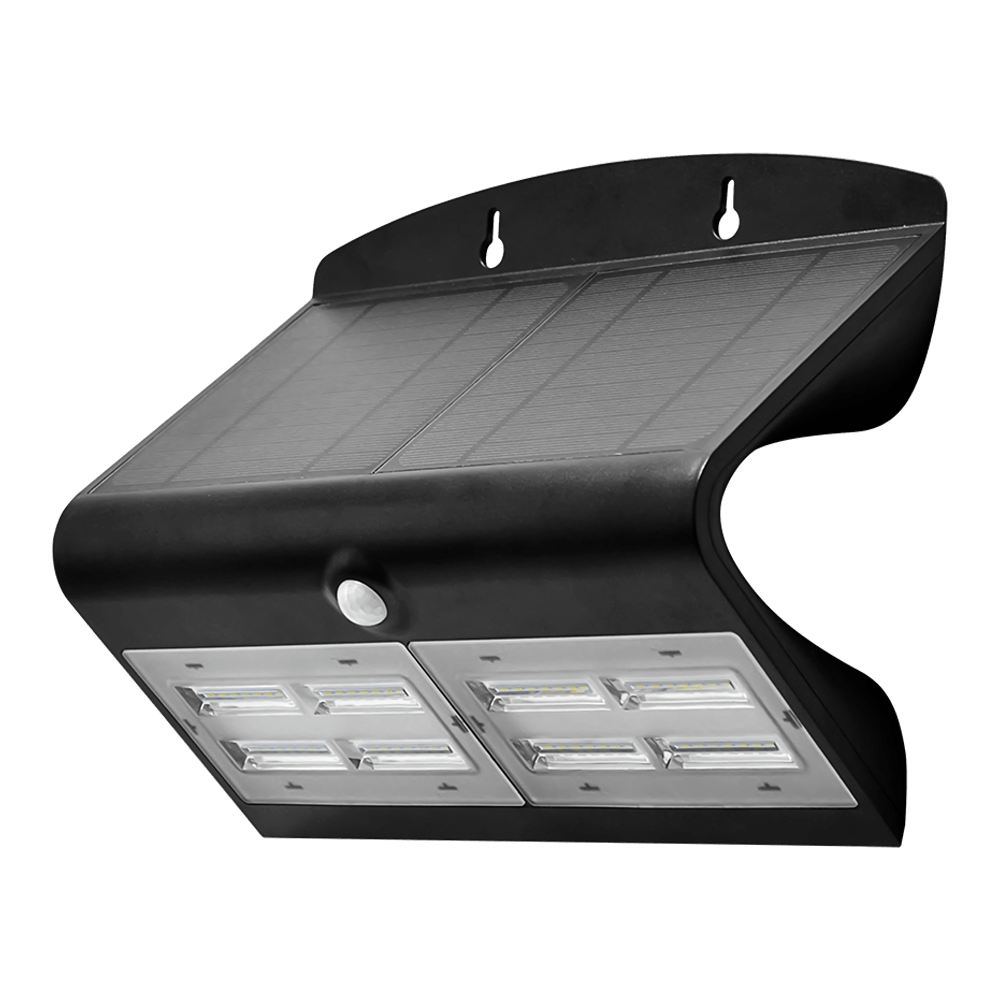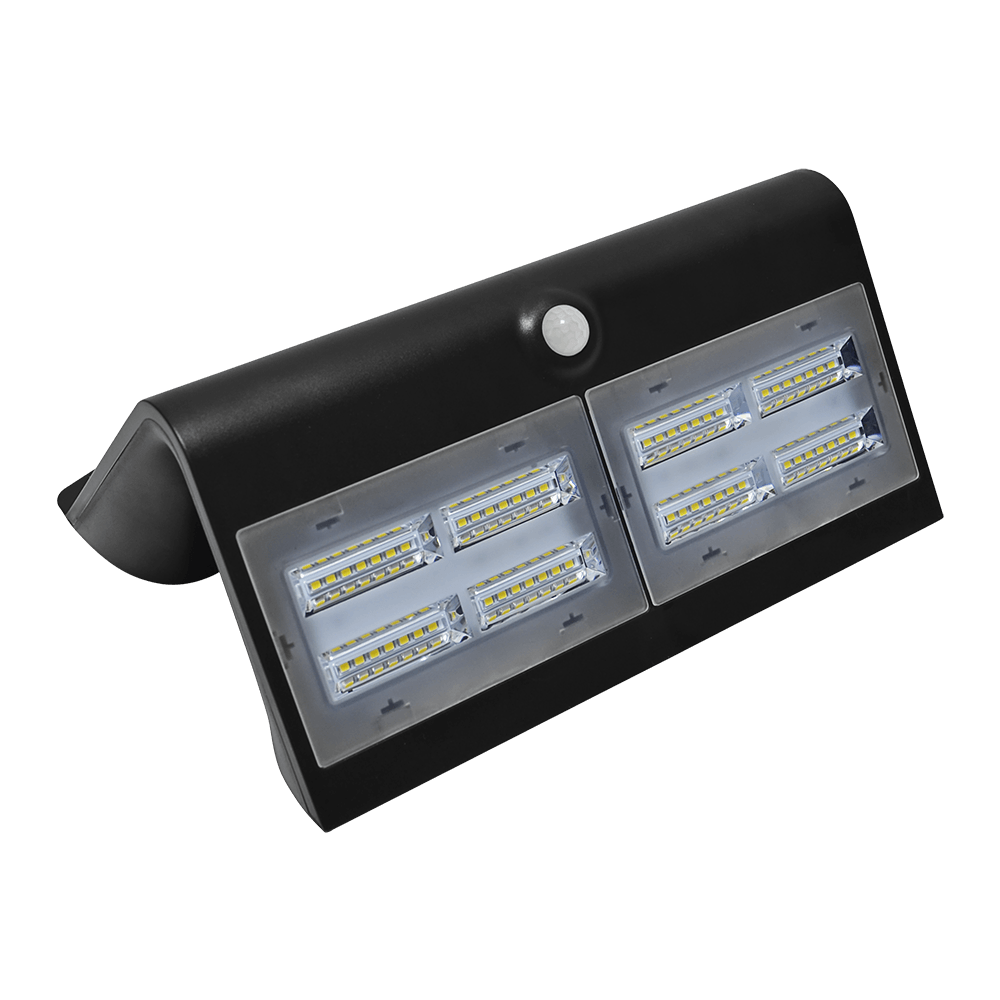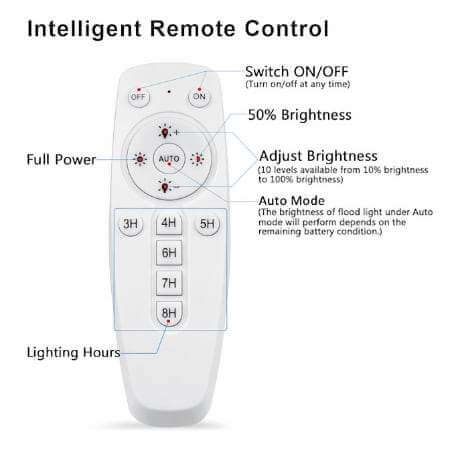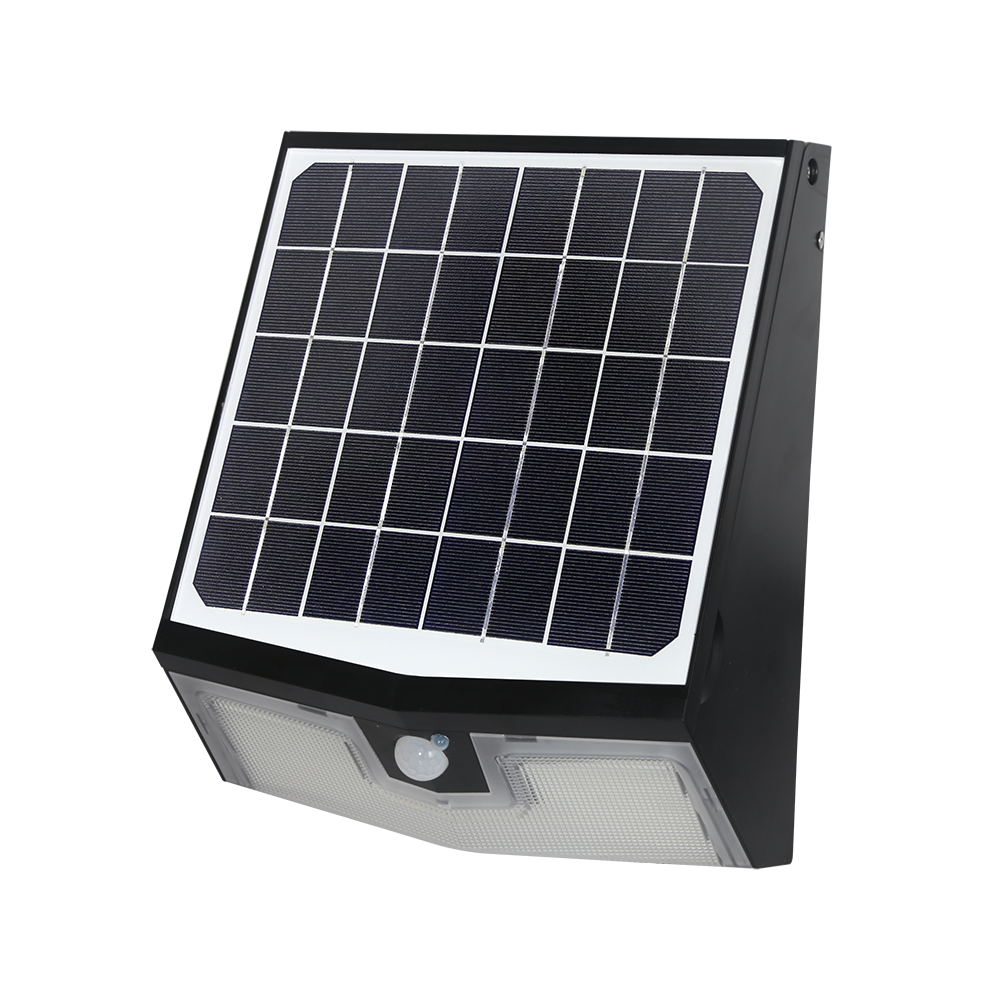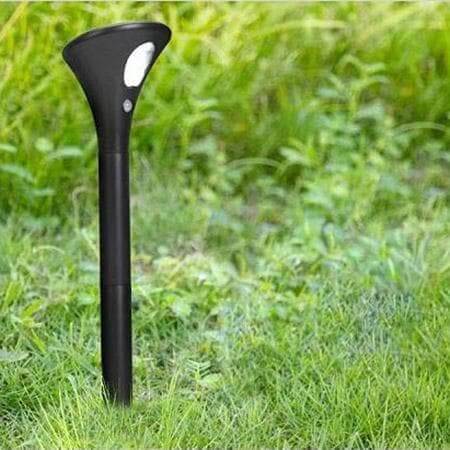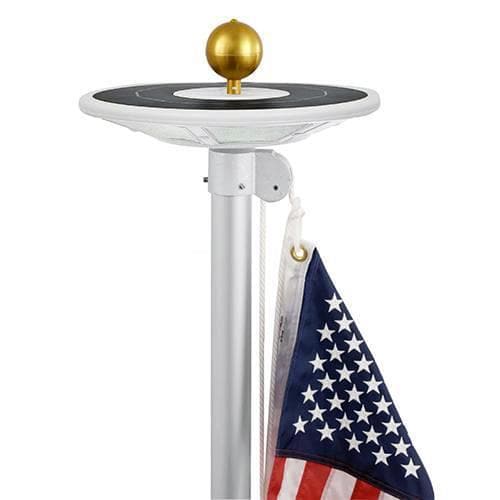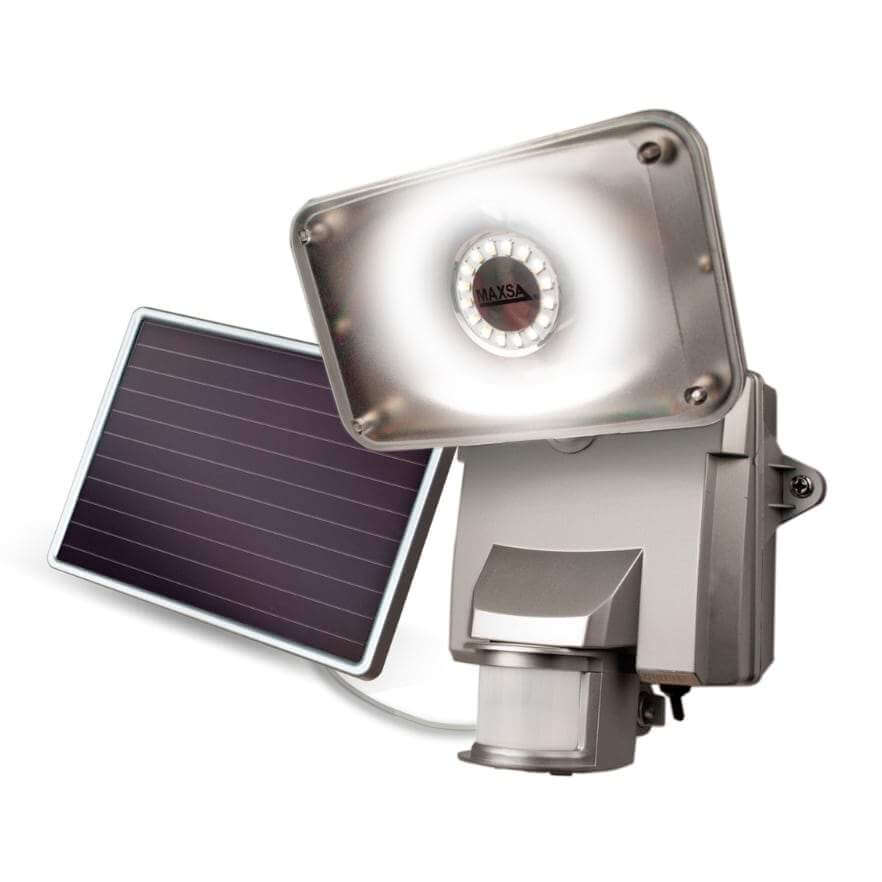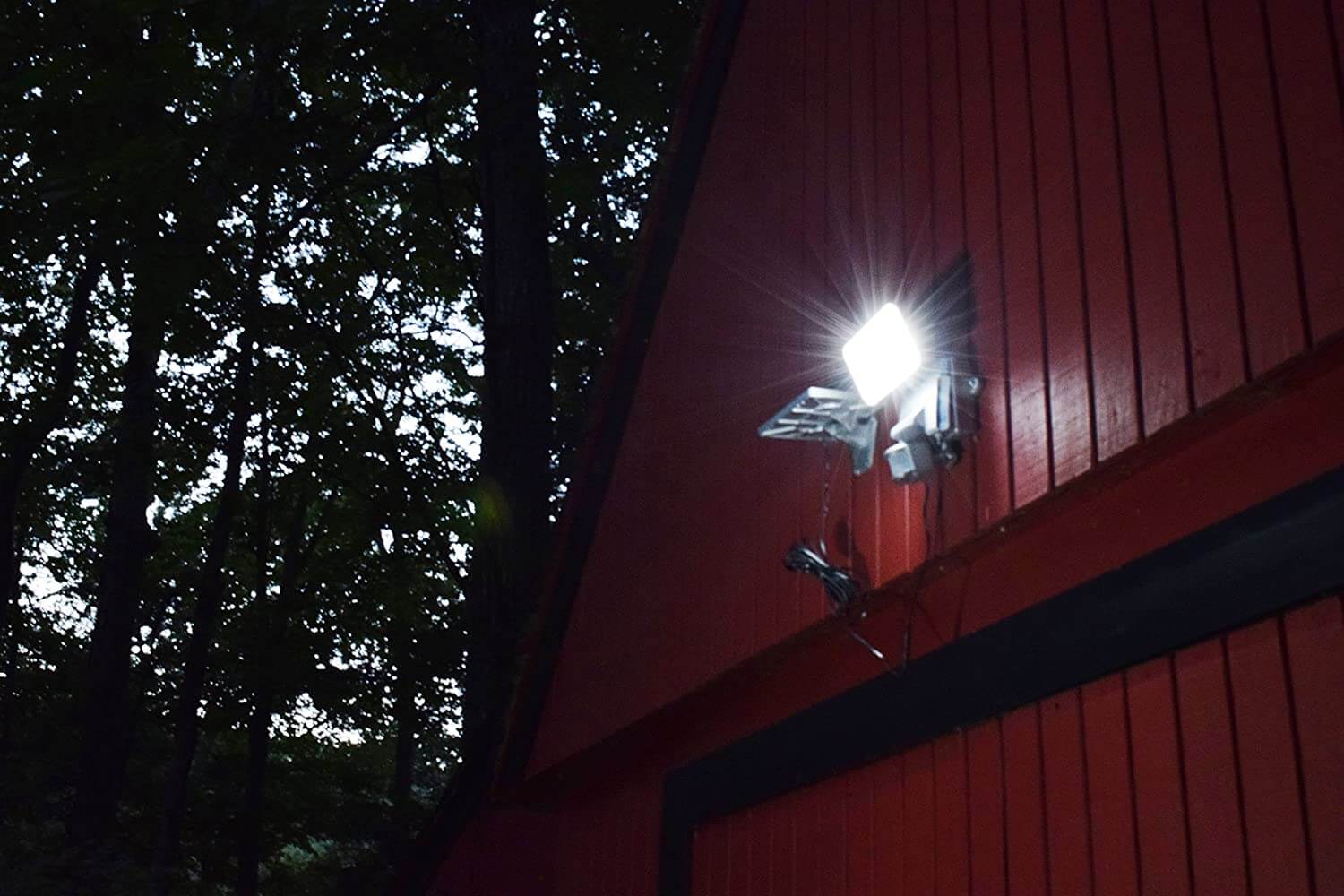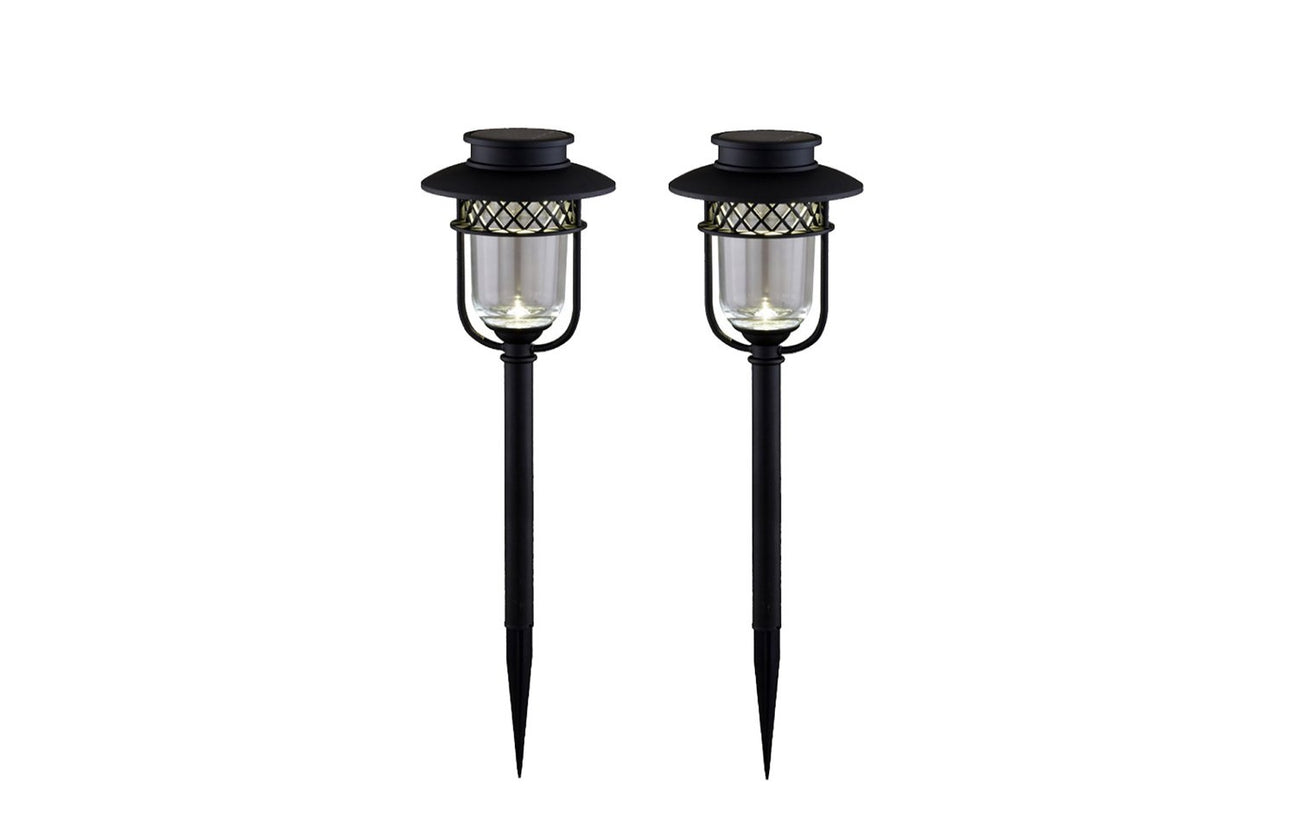Solar lamp posts are a fantastic addition to outdoor spaces; they are eco-friendly, cost-effective, and provide stylish illumination without needing external power sources. However, like any other equipment, solar lamp posts can encounter issues over time. Understanding the common problems and their solutions is key to prolonging the lifespan of your solar lights while maintaining their efficiency. Explore the most frequent solar lamp post problems, their causes, and the steps you can take to troubleshoot them effectively.
Solar Lamp Post Not Turning On
One of the most common issues with solar lamp post lights is that they fail to turn on; this problem is often tied to a lack of adequate sunlight. Solar panels need direct sunlight to charge their internal batteries. If the lamp post is installed in a shaded area or if there are multiple overcast days, the performance of your solar lamp post can be negatively impacted. Dirt or debris accumulating on the solar panel’s surface can obstruct sunlight, further hindering the charging process.
To resolve this issue, start by checking the placement of your solar lamp post. Ensure it is installed in a location that receives ample sunlight throughout the day. If the solar panel is dirty, clean it gently with a damp cloth to remove any debris or grime. Additionally, inspect the lamp post to confirm that it is switched on and that the batteries are installed correctly.

Dim Light Output
Dim light output is another prevalent issue that users experience with solar lamp posts; this is usually due to weak or old batteries that are unable to hold an adequate charge. Over time, solar batteries degrade, and their ability to store energy diminishes. Aside from battery age, weather conditions, such as prolonged cloudy periods, can also reduce charging efficiency, leading to dimmer light output.
If your solar lamp post is emitting weak light, it may be time to replace the rechargeable batteries. Before doing so, check the specifications in the manufacturer's guidelines to ensure compatibility. Regular maintenance, such as cleaning the solar panels and ensuring unobstructed sunlight, can prevent future occurrences of dim light output. If replacing the batteries does not solve the issue, there may be a wiring problem that requires professional inspection.
Solar Lamp Flickering
A flickering solar lamp can be frustrating and may indicate an underlying issue such as loose wiring or a failing battery. Over time, electrical connections within the lamp post can loosen or corrode due to exposure to moisture and outdoor elements. When this happens, the power supply to the light may become inconsistent, resulting in flickering.
To troubleshoot this issue, carefully inspect the internal wiring of the solar lamp post for any visible damage or loose connections. Tighten the connections as needed, and check for any visible signs of corrosion. If corrosion is present, clean the affected areas gently to restore proper conductivity. If the flickering persists, replacing the battery can often resolve the problem.
Solar Lamp Not Charging
There are instances where the solar lamp post stops charging altogether, preventing it from lighting up at night. This problem may stem from a malfunctioning solar panel, defective batteries, or damaged wiring. Prolonged exposure to harsh weather conditions can also degrade the solar panel, reducing its ability to convert sunlight into energy.
Begin by testing the solar panel to ensure it is functioning properly. Use a multimeter to check its power output during daylight hours. If the output is significantly lower than expected, the panel may need to be replaced. Inspect the wiring connecting the solar panel to the battery for any signs of damage or wear. If the wiring is intact, replacing the batteries with new rechargeable ones is another solution to consider. Keeping the solar panel clean and free of dirt can also improve its efficiency.
Sensor Malfunctioning
Most solar lamp posts are equipped with light sensors that detect ambient light levels and automatically turn the lamp on at dusk and off at dawn. A malfunctioning sensor can lead to the lamp staying off when it should be on or vice versa. Sensor problems are often caused by dirt, debris, or moisture interfering with its functionality.
To address this, ensure the sensor is clean and unobstructed. Gently wipe the sensor with a soft cloth to remove any dust or residue. If cleaning does not resolve the issue, the sensor may need to be replaced. Check the manufacturer’s instructions or consult a professional to locate and replace the faulty sensor properly.
Water Damage
Although solar lamp posts are designed for outdoor use, they are not entirely impervious to water damage. Heavy rain or prolonged exposure to moisture can compromise the integrity of the lamp’s internal components. Water damage may result in short circuits, corrosion, or complete malfunctioning of the solar lamp post.
To prevent water damage, ensure that your solar lamp post is properly sealed. Inspect the unit for any cracks, gaps, or loose components that could allow water to seep in. If you suspect water has already entered the lamp, disassemble it carefully and allow it to dry completely before attempting any repairs. If you notice any signs of serious damage, such as corrosion, consult a professional to assess the extent of the issue.
Reduced Battery Life
Another challenge that solar lamp post owners often face is reduced battery life. This problem can stem from overcharging, undercharging, or prolonged exposure to extreme temperatures. Batteries that consistently discharge below their optimal range can lose their ability to hold a full charge over time.
To extend the battery life of your solar lamp post, ensure that it is installed in a spot with optimal sunlight exposure; avoid placing the lamp in areas prone to extreme heat or cold. Periodically replacing batteries as they age and lose efficiency is also an effective solution. Refer to the manufacturer's recommendations to choose high-quality rechargeable batteries for replacement.
Broken or Cracked Components
Since solar lamp posts are positioned outdoors, they are exposed to physical impact and environmental stress, which can cause components to crack or break. A cracked solar panel, lens, or lamp casing can compromise the overall performance of the solar lamp and leave it vulnerable to further damage.
Inspect your solar lamp post regularly for signs of wear or physical damage. If you notice any broken or cracked components, replace them promptly to preserve the functionality of the lamp. Investing in high-quality materials or lamp posts designed to withstand tough outdoor conditions can also reduce the likelihood of breakages.

Regular Maintenance for Longevity
Ensuring your solar lamp post operates effectively requires regular maintenance. By routinely cleaning the solar panel, inspecting the batteries, and checking for any wiring or sensor issues, you can prevent many common problems before they escalate. Employ preventive measures, such as positioning the lamp post in a spot with optimal sun exposure and shielding it from extreme weather when possible.
Ultimately, solar lamp posts are a convenient and sustainable option for outdoor lighting, but they require care to function optimally. Familiarizing yourself with potential issues and their solutions can save time, money, and the frustration of dealing with malfunctioning equipment. Troubleshooting common solar lamp post issues doesn’t have to be a stressful experience, know the potential problems and solutions and get your lights back in working order.

